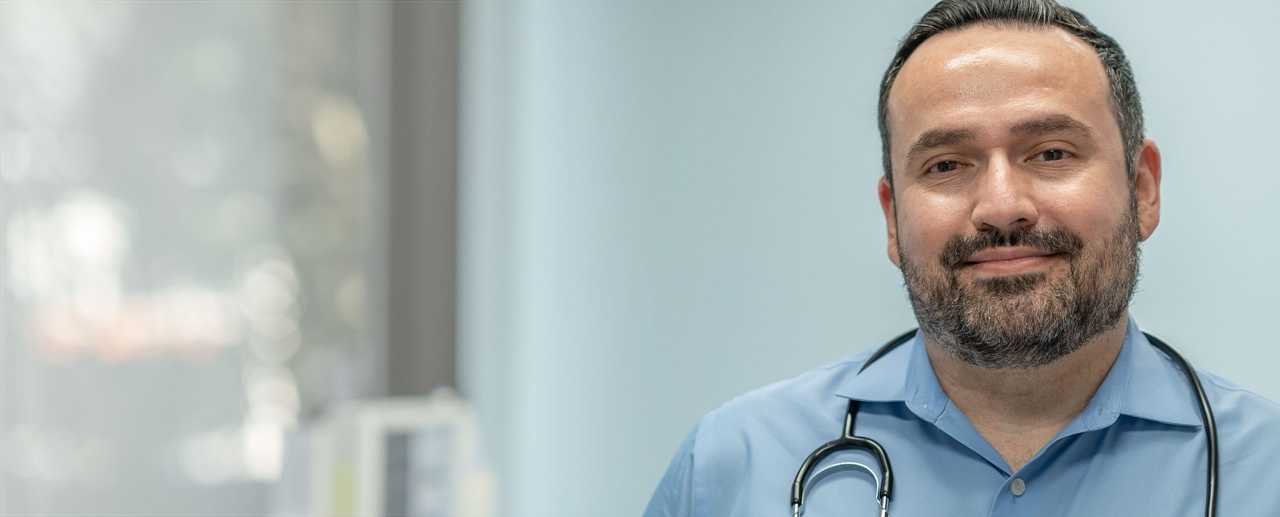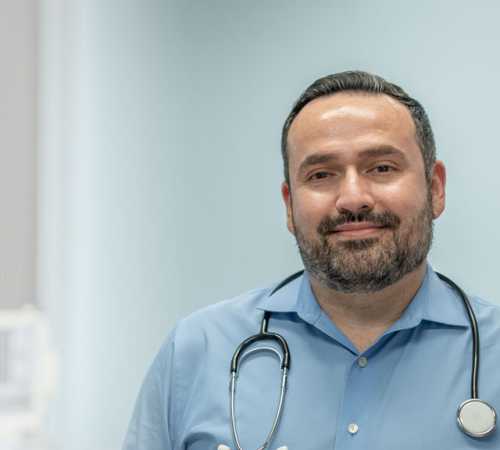"Let's talk about the risks."
Prescription opioids come with risks and serious side effects and should be a last resort when managing pain. Now and always, there are better ways to manage pain and heal safely.

Take charge of your healing.
Until recently, opioid painkillers were seen by many patients and health professionals as the best way to manage serious pain after an injury or surgery. We now know opioids should be avoided unless you and your doctor decide together that they are necessary to manage the most severe pain during the first day or two of recovery.
With changes to health care during COVID-19, you may be unsure how to get the care you need. Talk with your doctor to learn about safe options for healing and how to access them.
Common opioid painkillers:
Codeine
Vicodin® (Hydrocodone)
Demerol® (Meperidine)
Methadone
Morphine
OxyContin® (Oxycodone)
Percocet®
Top six risks and downsides
“I’m a single parent, so I needed to be able to drive my kids to school and take care of them after my surgery. I didn’t want painkillers to get in the way. ”
Kathy worked with her doctor to use as little prescription pain medicine as possible.
